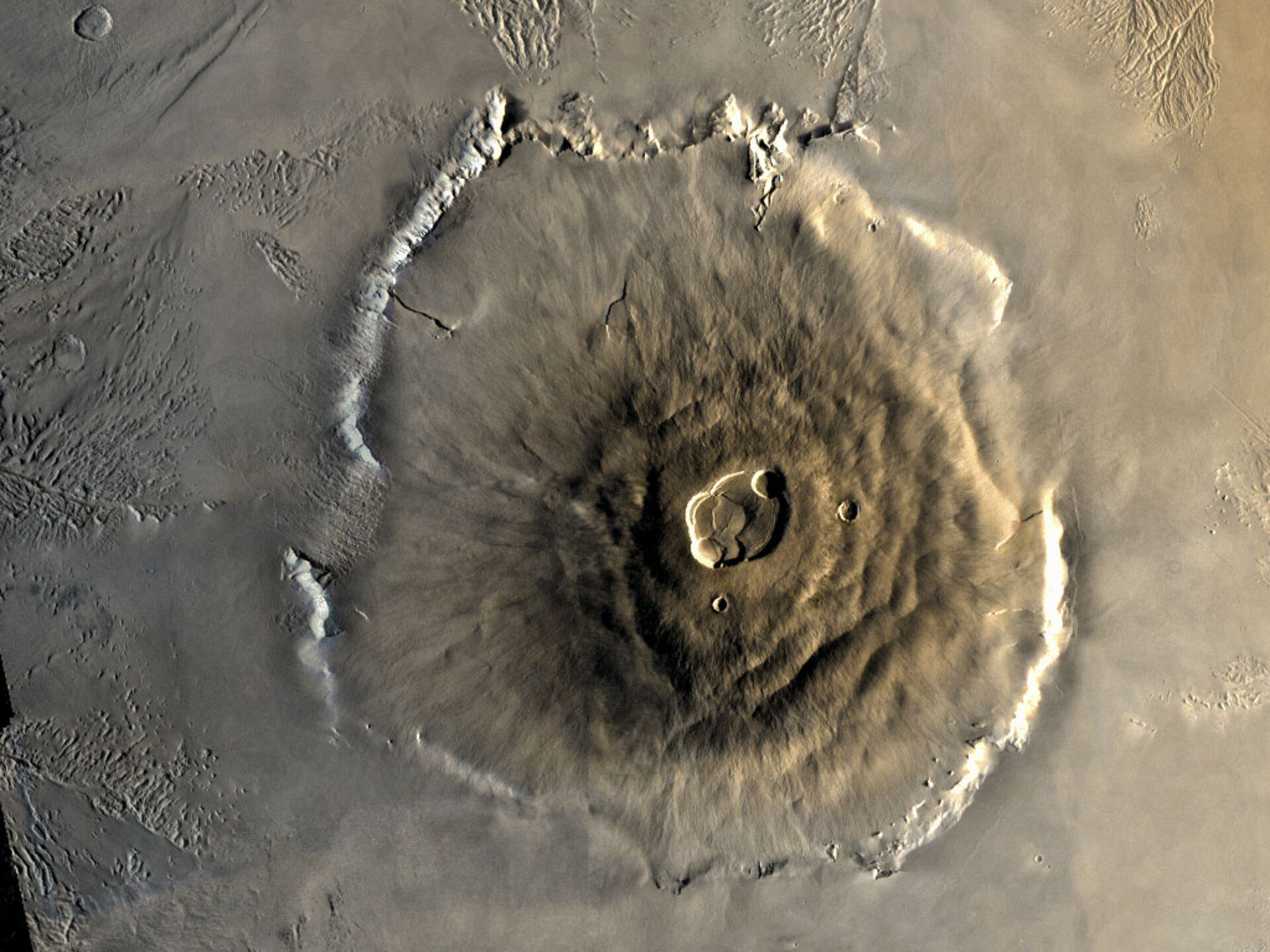About Extreme space
Space is hot. The birth of a star occurs at temperatures of 10 million degrees Celsius, but in the depths of interplanetary space it is also extremely cold, in fact hundreds of degrees below zero.
Space is violent. Supernova explosions destroy stars and can outshine an entire galaxy for days on end.
Space is big. It would take around 10 000 years to reach the closest star, far beyond the borders of our Solar System, using even the fastest methods of travel currently available to us.
ESA space scientists are used to dealing with extremes when devising and carrying out space missions to probe our universe. It is these extremes that fascinate and constantly thrill us as we learn more about the amazing events that shape our universe.
For instance, just to start on their journeys, spacecraft have to travel beyond supersonic speeds at launch. On interplanetary missions, spacecraft can travel at speeds up to 10 000 kilometres per hour, and still they take months or years to reach the other planets of the Solar System. Therefore scientists have to ensure that all the engineering and experiments will survive, withstanding incredible extremes of temperature, vacuum conditions and radiation.
Space is also home to the most violent events we can imagine. Enormous explosions called 'gamma-ray bursts' are occurring at least twice a day somewhere in the Universe. Scientists believe that collapsing stars in the very distant Universe can cause these mysterious but devastating events. Then we have the enigmatic black holes, the remains of giant stars, which have such intense gravitational fields that they suck matter into a terrifying spiral vortex. The swirling gas can be as hot as 100 million °C. Star birth and galactic collisions fascinate scientists for their violence and beauty.
Now with the world's most advanced space telescopes, ESA is opening a new window on this cosmic maelstrom that astronomers have only briefly glimpsed in the past.
Welcome to the extreme world of space, with all the elements of a thrilling rollercoaster ride, and scattered with endless mind-blowing surprises. Find out all about it in this section - hold on tight!















 Germany
Germany
 Austria
Austria
 Belgium
Belgium
 Denmark
Denmark
 Spain
Spain
 Estonia
Estonia
 Finland
Finland
 France
France
 Greece
Greece
 Hungary
Hungary
 Ireland
Ireland
 Italy
Italy
 Luxembourg
Luxembourg
 Norway
Norway
 The Netherlands
The Netherlands
 Poland
Poland
 Portugal
Portugal
 Czechia
Czechia
 Romania
Romania
 United Kingdom
United Kingdom
 Slovenia
Slovenia
 Sweden
Sweden
 Switzerland
Switzerland

























